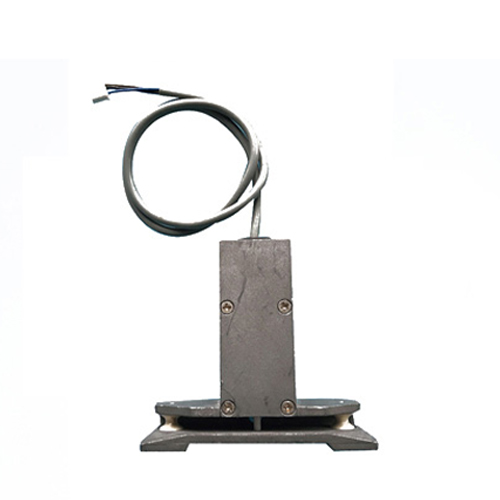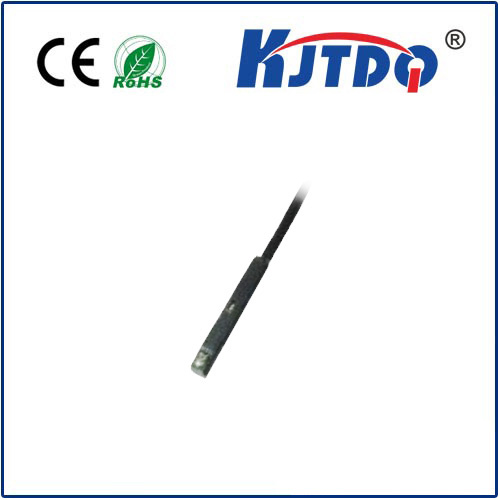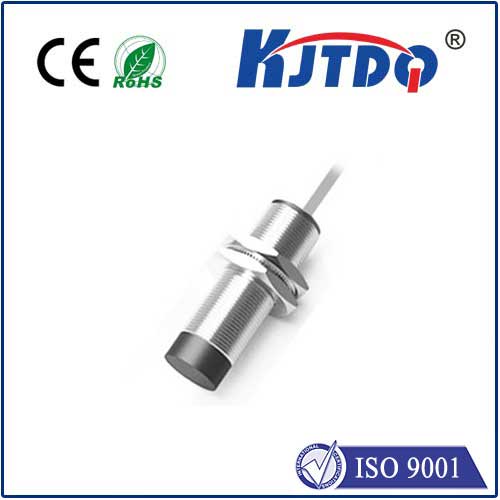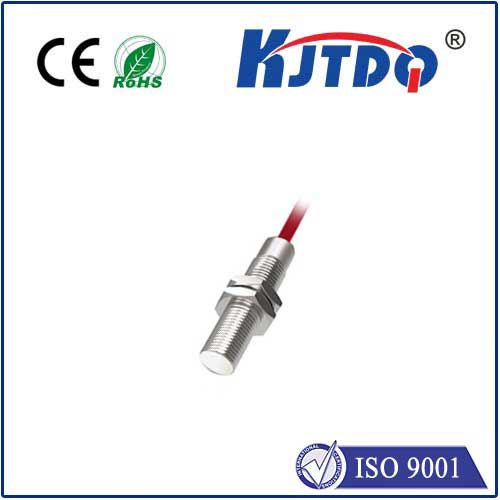vcsel sensor
- time:2025-08-27 12:24:42
- Click:0
Unlocking the Invisible: How VCSEL Sensors Power Our Smart World
Imagine unlocking your phone with just a glance, your car automatically braking to avoid a collision, or your smartwatch measuring your blood oxygen level. These seemingly magical feats rely heavily on a tiny, powerful, and often unsung hero: the VCSEL sensor. Standing for Vertical-Cavity Surface-Emitting Laser, this specialized semiconductor device is rapidly becoming the cornerstone of modern sensing technology, enabling precise, efficient, and compact interaction with the physical world around us.
Unlike traditional edge-emitting lasers that project light sideways, a VCSEL emits a coherent beam of light vertically from its top surface. This unique structure, fabricated using sophisticated semiconductor processes similar to LEDs, grants it exceptional properties perfectly suited for sensor applications, particularly those demanding infrared light. At the heart of a VCSEL sensor lies one of these chips, specifically designed and integrated into a system to emit light that interacts with its environment. The reflected or modulated light is then captured by a photodetector (like a photodiode or SPAD array), and sophisticated algorithms analyze it to extract precise distance, depth, motion, or presence information – the essence of sensing.
What Makes VCSELs Ideal for Sensing?

The fundamental architecture of the VCSEL provides distinct advantages crucial for building reliable and high-performing sensors:
- Low Power Consumption & High Efficiency: VCSELs convert electrical current into light with remarkable efficiency. This is vital for battery-powered devices like smartphones, wearables, and IoT sensors, extending operational life significantly. Their low threshold current means they require minimal energy to operate.
- Compact Size & Scalability: Their vertical emission allows VCSELs to be densely packed into very small footprints. More importantly, they can be fabricated in large, uniform arrays on a single chip. This enables the creation of powerful structured light projectors (emitting complex dot patterns) or flood illuminators (providing broad, uniform illumination) essential for 3D sensing and facial recognition.
- High Modulation Speed & Beam Quality: VCSELs can be switched on and off incredibly rapidly (billions of times per second). This fast modulation capability is critical for Time-of-Flight (ToF) sensing, where the sensor measures the precise time it takes for a light pulse to travel to an object and back, calculating distance with high accuracy. Their inherently circular, low-divergence beam simplifies optical system design and improves sensing precision.
- Wavelength Versatility: While predominantly emitting in the near-infrared (NIR) range (typically 850nm or 940nm), VCSEL technology continues to evolve. Longer wavelengths (>1000nm) are being developed for applications requiring deeper penetration (like medical imaging) or better performance in ambient sunlight. This wavelength flexibility expands the sensor’s applicability.
- Reliability & Cost-Effectiveness: Inheriting robust semiconductor manufacturing processes, VCSELs demonstrate excellent reliability and longevity. Mass production techniques also drive costs down, making sophisticated VCSEL sensor technology feasible for high-volume consumer electronics.
Where Do We Encounter VCSEL Sensors?
The unique blend of efficiency, precision, and compactness has propelled VCSEL sensors into a vast array of cutting-edge applications:
- Consumer Electronics (3D Sensing & Biometrics): This is arguably the most visible application. Apple’s Face ID popularized the technology, utilizing a VCSEL dot projector combined with an infrared camera to create a detailed depth map of your face for secure unlocking and authentication. Similar systems power secure facial recognition and gesture control in many modern smartphones, tablets, and laptops. Proximity sensors (turning off the screen during calls) also frequently rely on VCSELs.
- Automotive Safety & Autonomy (LiDAR): LiDAR (Light Detection and Ranging) is fundamental for advanced driver-assistance systems (ADAS) and autonomous vehicles. VCSEL arrays, particularly solid-state LiDAR systems, offer significant advantages. Their fast modulation enables high-resolution, long-range distance measurement and object detection in real-time, even in challenging conditions like fog or darkness. VCSEL-based sensors monitor driver attentiveness and interior cabin occupancy. Automotive LiDAR is a major growth driver for high-power VCSEL sensor technology.
- Augmented & Virtual Reality (AR/VR): Precise tracking of user movement (head, hands, controllers) and understanding the physical environment are essential for immersive AR/VR experiences. VCSEL sensors provide the accurate 3D sensing required for inside-out tracking (where sensors on the headset track surroundings) and sophisticated hand tracking, enabling natural interaction within digital worlds.
- Industrial Automation & Robotics: Robots navigating warehouses, automated guided vehicles (AGVs), and industrial machinery rely on VCSEL sensors for collision avoidance, object detection, bin picking, and precise positioning. Their robustness, speed, and accuracy are crucial in demanding factory environments.
- Smart Home & Security: Smart doorbells and security cameras use VCSEL sensors for intelligent features like person detection (distinguishing humans from animals or objects), package detection, and accurate proximity sensing. Gesture control for smart home devices can also be enabled by these sensors.
- Healthcare & Wearables: Emerging applications include VCSEL sensor systems in smartwatches and fitness trackers for photoplethysmography (PPG), measuring heart rate and blood oxygen saturation (SpO2) more reliably, especially during motion. VCSEL-based sensing is also being explored for non-invasive blood glucose monitoring and other diagnostic tools.
The Future is Bright (and Infrared)
The evolution of VCSEL sensor technology is far from plateauing. Key trends include:
- Higher Power & Efficiency: Continued development focuses on increasing output power (critical for longer-range LiDAR) while maintaining or improving low power consumption and thermal management.
- Multi-Junction VCSELs: Stacking multiple active layers vertically allows for significantly higher output power from a single emitter, essential for demanding applications like automotive LiDAR.
- Wavelength Expansion: Development of VCSELs at longer wavelengths (e.g., 1350nm, 1550nm) offers advantages like reduced eye safety concerns (allowing higher power levels), better atmospheric transmission, and deeper tissue penetration for medical applications.
- Integrated Solutions: Expect greater integration, combining VCSEL arrays, photodetectors, driving electronics, and even basic processing onto single chips or modules, further reducing size, cost, and complexity for sensor systems.
- New Application Horizons: From ultra-precision manufacturing metrology to next-generation communication (Li-Fi), drones, and advanced agricultural monitoring, the potential applications for sophisticated VCSEL sensors continue to expand rapidly.
From the phone in your pocket to the car you drive and the factories building our world, VCSEL sensors are silently working behind the scenes, translating invisible infrared light into actionable intelligence. Their unmatched combination of precision, efficiency, scalability, and evolving capabilities ensures they will remain at the forefront of the sensing revolution, enabling increasingly smarter, safer, and more interactive technologies that shape our future. Understanding the power of the **VCS















